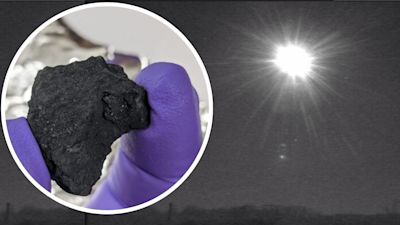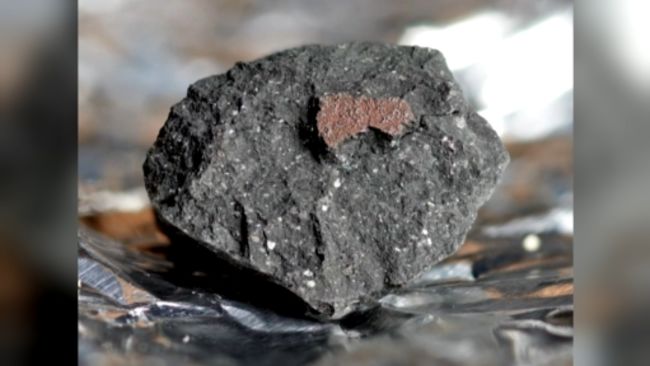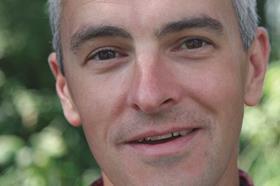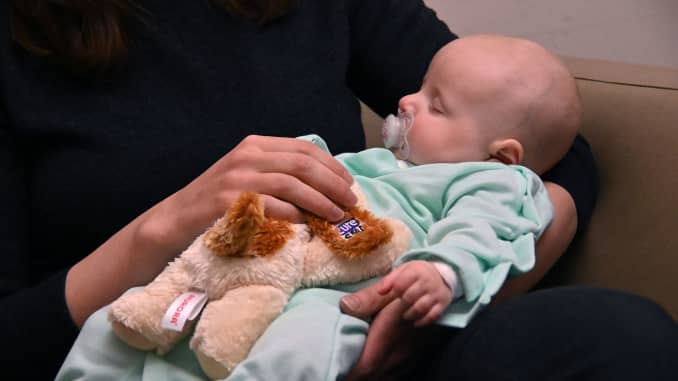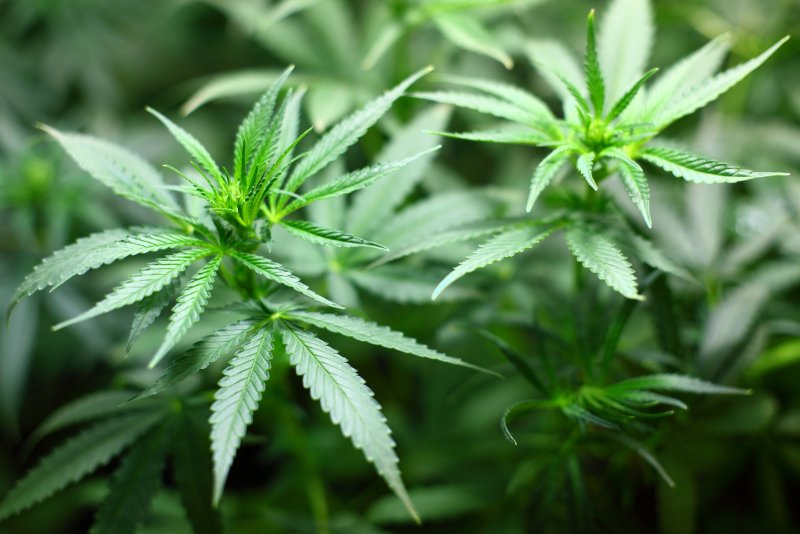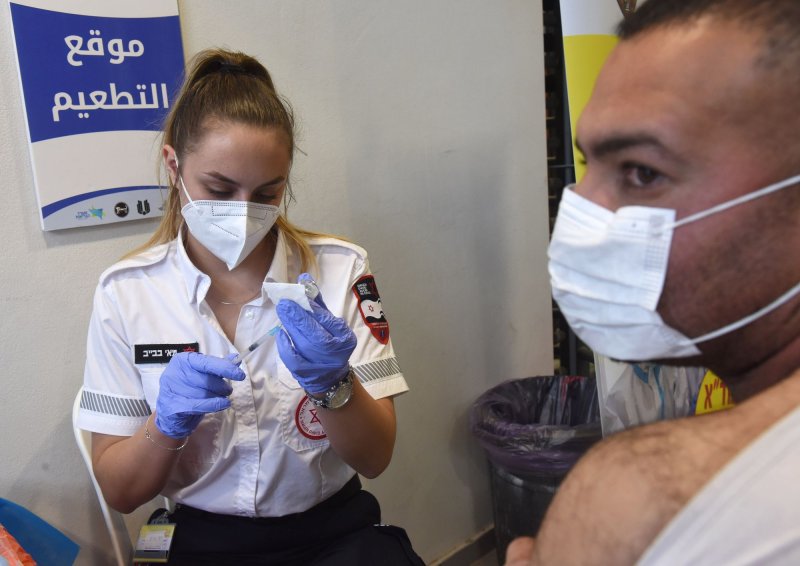
Former South Korean comfort woman like Lee Yong-soo and others were remembered in a statement from President Moon Jae-in on International Women's Day on Monday. File Photo by Keizo Mori/UPI | License Photo
March 8 (UPI) -- South Korean President Moon Jae-in observed International Women's Day with a statement that included a reference to former Korean "comfort women" forced to serve in Japanese wartime brothels, as the two Koreas observed the U.N.-designated day.
Moon, who promised reform before assuming office in 2017, said Monday he was "thinking about modern Korean history in which women, including the now elderly comfort women victims, had harder lives."
"I have respect for all women who worked resolutely to raise their status," Moon said.
The issue of comfort women systemically raped in Japanese military outposts has dogged relations between Seoul and Tokyo. Moon has called for better relations with Japan, but recent controversies, including an article from a Harvard Law professor, have reignited outrage in South Korea.
RELATED U.S., South Korea reach military cost-sharing agreement
Moon's statement also addressed persistent gender inequalities in the country, which has consistently received relatively low marks for gender equality by the World Economic Forum.
"Korea is at an embarrassingly low level in this field," Moon said.
Moon's critical evaluation of the status of women in South Korea contrasted with a North Korean statement on the global day of observance.
Korean Workers' Party newspaper Rodong Sinmun urged North Korean women to "fulfill their revolutionary duty" as would-be "inheritors of a proud tradition of patriotic devotion."
"Only when women actively fight for the country's prosperity can the whole society become full of vitality and greater results can be achieved in the construction of socialism," the Rodong said in an article that did not address the condition of women in North Korea.
Former North Korean diplomat Thae Yong-ho said on Facebook on Monday International Women's Day is a day when men offer presents to North Korean women.
Thae, now a lawmaker in the South, also said he had "forgotten" about International Women's Day after "eating the meal my wife prepared and wore the clothes she pressed" before heading to work.
In North Korea "International Women's Day is a day when men try to make a good impression on female colleagues," Thae said.
upi.com/7080518



